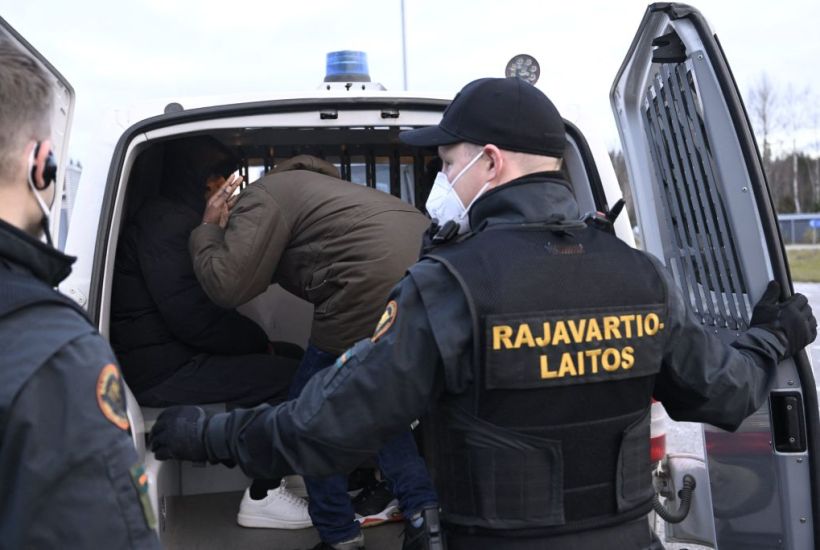Against the background of the war in Ukraine, a diplomatic row is brewing between Russia and Finland. Last week, Finland announced that it would imminently be closing four of its eight border crossings into Russia, promptly doing so on 18 November. The reason? An unexpected increase in the number of illegal migrants coming over the border from Russia in recent weeks. Finnish
Already a subscriber? Log in
Subscribe for just $2 a week
Try a month of The Spectator Australia absolutely free and without commitment. Not only that but – if you choose to continue – you’ll pay just $2 a week for your first year.
- Unlimited access to spectator.com.au and app
- The weekly edition on the Spectator Australia app
- Spectator podcasts and newsletters
- Full access to spectator.co.uk
Or




















Comments
Don't miss out
Join the conversation with other Spectator Australia readers. Subscribe to leave a comment.
SUBSCRIBEAlready a subscriber? Log in